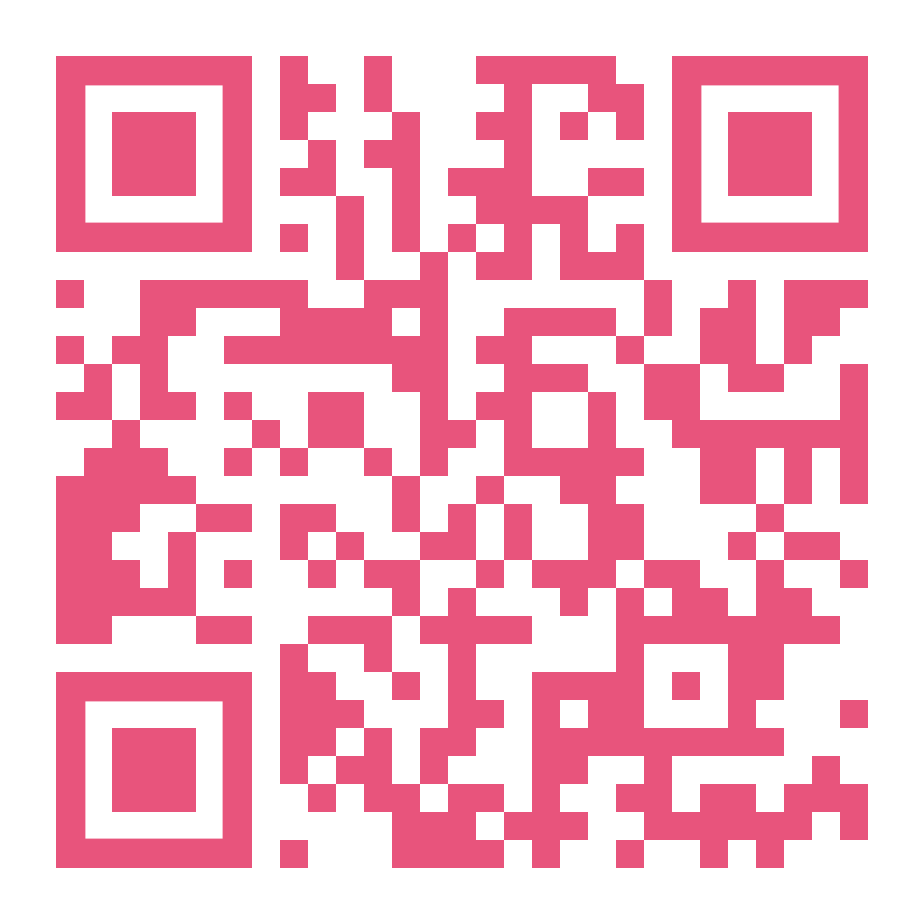La luna gira y debemos girar con ella: Te Maramataka como una instalación de arte interactivo
Resumen
Las colaboraciones interculturales entre Te Ao Māori y Te Ao Pākehā son notoriamente difíciles para todos los interesados. Qué es y qué no es el conocimiento, quién o qué tiene agencia en el mundo, cómo y cuándo suceden las cosas, y la naturaleza de las relaciones en sí mismas, se sitúan dentro de diferentes visiones del mundo culturalmente informadas. Intentar hacer un depósito de conocimiento sobre Te Maramataka (calendario lunar) a través de una obra de arte interactiva inmersiva significa comprometerse con dos marcos de conocimiento distintivamente diferentes, pero igualmente válidos, y su metafísica fundamental concomitante. Navegar entre estos marcos de conocimiento y a través de ellos es participar de enfoques especulativos y basados en la práctica que fomentan fenómenos emergentes relacionales. Es a través de la colaboración en el guión intercultural que entramos deliberadamente en el espacio de la innovación, al mismo tiempo que intentamos ser conscientes de defender el maná de los expertos existentes. En la actualidad, representamos una asociación entre Te Rūnanga o Kirikiriroa y Wintec rangahau y profesionales de la investigación en artes creativas, cada uno con sus propias responsabilidades informadas institucionalmente. Al reconocernos como un rōpū (grupo) colectivo que se embarca en un esfuerzo compartido, podemos poner énfasis en el proceso de aprendizaje sobre nuestra whanaungatanga (relaciones interconectadas) compartidas para buscar acuerdos mutuamente aceptables basados en lo útil. Este énfasis en el proceso es crítico y debe tomarse su propio tiempo, particularmente cuando Te Maramataka enfatiza las influencias de las fases lunares cambiantes en nosotros mismos, así como en todo lo demás que ya está sucediendo. Reconocer esta relación entre las cosas significa reconocer que el conocimiento en uno mismo es experiencial, incorporado y performativo: cómo "llegamos allí" es parte del destino "allí" en sí mismo. En el contexto de decidir qué tecnologías digitales emplear en la realización de una instalación artística interactiva, la comprensión contemporánea de qué es el arte, cómo se crea y comprende el significado y quién o qué tiene agencia dentro del campo circundante de relaciones, se desestabiliza. En nuestro desarrollo guiado por la práctica, girar con la luna significa reconocer las tensiones dinámicas que existen entre la tradición y la innovación, la representación y el aprendizaje experiencial, y lo cognoscible y lo oculto, misterioso y, en última instancia, incognoscible. Ya sea que estemos hablando de afirmaciones de indexicalidad basadas en reglas frente a gemelos digitales informados por marcos cognitivistas de lógicas operativas o paradigmas de reconocimiento de patrones/IA abiertos sin estado, estos deben equilibrarse con el conocimiento existente de los expertos Maramataka Māori y su conocimiento vivo, encarnado.

Derechos de autor 2021 Joe Citizen

Esta obra está bajo licencia internacional Creative Commons Reconocimiento 4.0.
